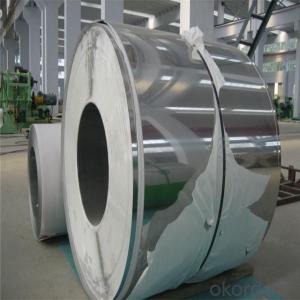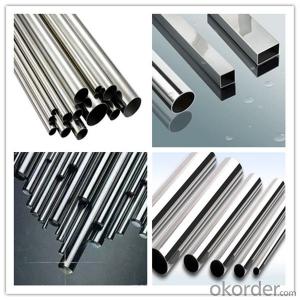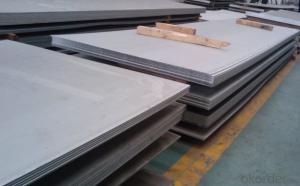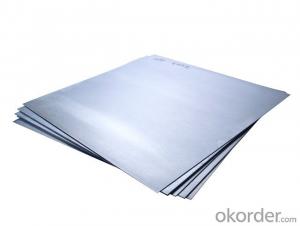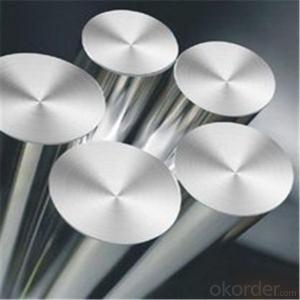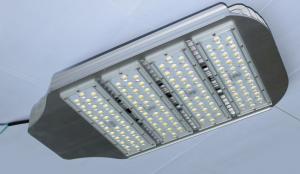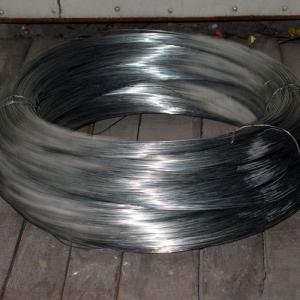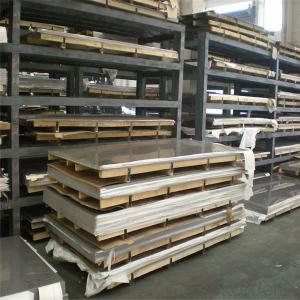Stainless Steel Cost Per Pound
Stainless Steel Cost Per Pound Related Searches
Best Paint For Stainless Steel Blanket Insulation For Steel Buildings Primer For Galvanized Steel Foam Filter For Stainless Steel H S Code For Stainless Steel Surface Grinding Wheels For Stainless Steel Surface Grinding Wheels For Hardened Steel Hole Saw For Stainless Steel Paint For Stainless Steel Stainless Steel For BbqHot Searches
Steel Mesh Panels For Sale Price For Stainless Steel Scrap Scrap Price For Stainless Steel Price For Stainless Steel Stainless Steel Tank For Sale Stainless Steel Sheets For Sale Cheap High Tea Sets For Sale Stainless Steel Tanks For Sale Stainless Steel For Sale High Density Fiberboard For Sale Solar Hot Water Collectors For Sale Scaffolding For Sale In Uae Scaffolding For Sale In Ireland Scaffolding For Sale In Houston Type Of Inverter For Solar Price Of Shipping Containers For Sale Types Of Inverter For Solar Stock Price For Aluminum Used Solar Inverter For Sale Steel Mesh Panels For SaleStainless Steel Cost Per Pound Supplier & Manufacturer from China
Okorder.com is a professional Stainless Steel Cost Per Pound supplier & manufacturer, offers integrated one-stop services including real-time quoting and online cargo tracking. We are funded by CNBM Group, a Fortune 500 enterprise and the largest Stainless Steel Cost Per Pound firm in China.Hot Products
FAQ
- Yes, stainless steel sheets are suitable for elevator control panels. Stainless steel is known for its durability, resistance to corrosion, and ease of maintenance, making it a popular choice for various applications including elevator control panels. It provides a sleek and modern appearance, can withstand constant use and touch, and is easy to clean and disinfect, making it an ideal material for elevator control panels.
- Yes, stainless steel sheets are suitable for cryogenic storage tanks. Stainless steel is known for its excellent corrosion resistance, which makes it highly suitable for storing low-temperature substances such as liquefied natural gas (LNG), liquid nitrogen, or liquid oxygen. Cryogenic storage tanks require materials that can withstand extreme low temperatures without becoming brittle or losing their strength, and stainless steel meets these requirements. Additionally, stainless steel has good thermal conductivity, which helps in maintaining the desired temperature inside the tank. It is also easy to clean and maintain, making it a preferred choice for cryogenic storage tanks in various industries.
- To prevent discoloration on stainless steel sheets, it is essential to avoid exposure to corrosive substances, such as salt, bleach, and strong acids. Regular cleaning with mild soap and water, followed by thorough drying, can help maintain the stainless steel's appearance. Additionally, applying a protective coating or using specialized cleaning products made for stainless steel can provide an extra layer of defense against discoloration.
- What's the difference between stainless steel hot rolling and cold rolling?
- The difference between hot rolling and cold rolling of stainless steel is that cold rolling is rolled on the basis of hot rolling.
- Brewery equipment greatly benefits from the use of stainless steel sheets. This material is highly preferred in the brewing industry because of its numerous advantageous properties. Firstly, stainless steel is resistant to corrosion, making it an ideal choice for equipment that comes into contact with liquids and chemicals used throughout the brewing process. Its corrosion resistance plays a crucial role in preserving the quality and purity of the beer being brewed. Moreover, stainless steel is exceptionally easy to clean and sanitize, which is of utmost importance in maintaining hygiene standards within a brewery. Being non-porous, it does not absorb or retain odors, flavors, or bacteria, thus ensuring that the beer remains uncontaminated during production. Additionally, stainless steel boasts a smooth surface, preventing the accumulation of bacteria or other contaminants that could potentially compromise the quality of the beer. Furthermore, stainless steel exhibits remarkable durability and longevity, making it capable of withstanding the demanding conditions of a brewery environment, such as high temperatures, moisture, and constant usage. This durability guarantees that brewery equipment crafted from stainless steel sheets will have an extended lifespan, reducing the need for frequent replacement or repairs. All in all, stainless steel sheets serve as an outstanding choice for brewery equipment due to their corrosion resistance, ease of cleaning, sanitation properties, and durability. Utilizing stainless steel in brewery equipment significantly contributes to maintaining the quality and purity of the beer, thereby ensuring an enhanced end product for consumers.
- There are several types of perforations available for stainless steel sheets, including round, square, slotted, and decorative patterns. Each type has its own unique characteristics and is suitable for different applications and aesthetic preferences.
- There are several different types of perforated patterns available for stainless steel sheets, including round, square, slotted, and decorative patterns. Each pattern offers a unique aesthetic appeal and functional characteristics, making it suitable for various applications.
- Stainless steel wire drawing without fingerprints, what principle?
- As for sandblasting, the surface roughness is higher than the wire drawing, and the stainless steel has no gloss (which makes the customer fail to see the stainless steel parts and sometimes lower the grade). Liquid blasting is recommended to achieve relatively better surface treatment results.Commercial kitchen experts completely hand, no copy paste. Please give favorable comments.

















